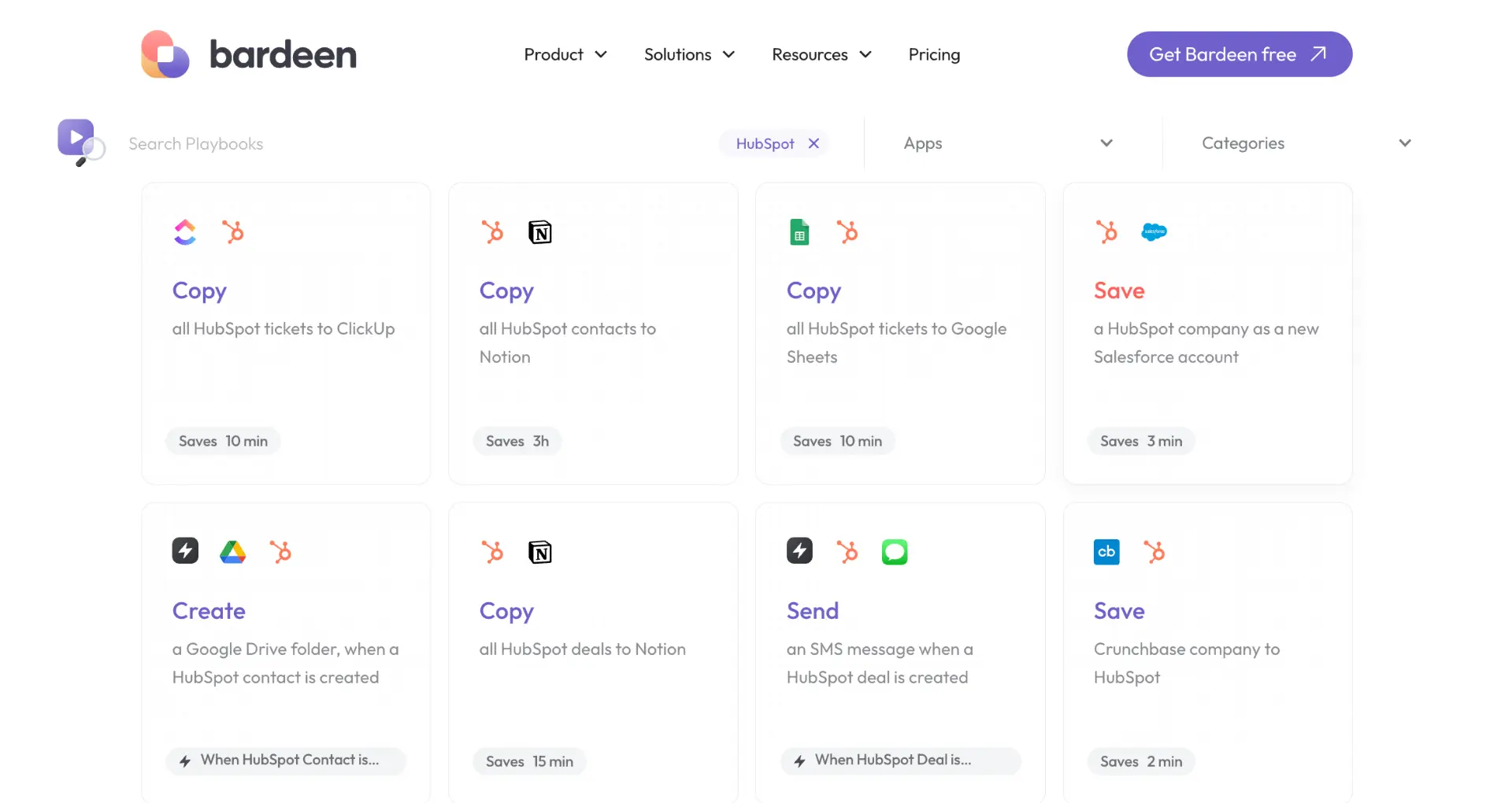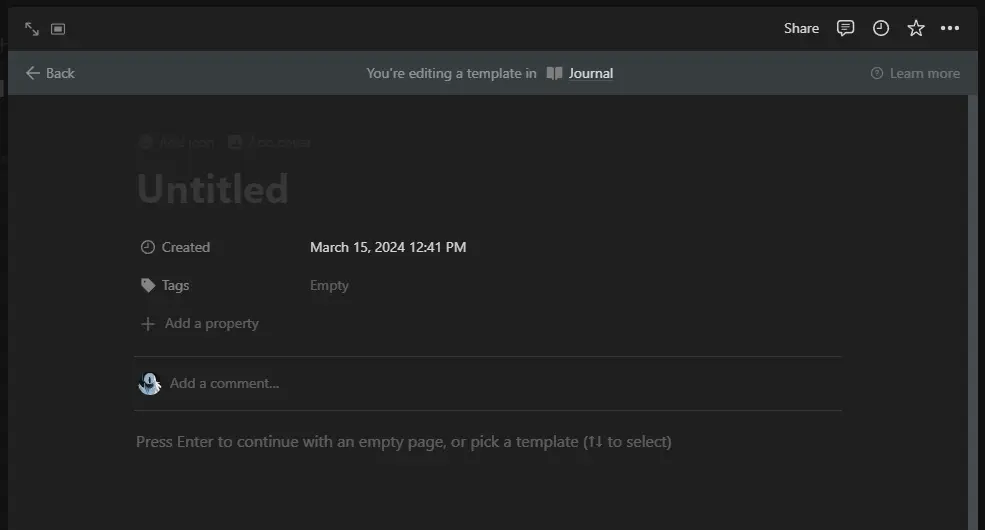Adding filters in HubSpot is a powerful way to segment and manage your CRM data efficiently. In this step-by-step guide, we'll walk you through the process of setting up basic and advanced filters, as well as saving and managing custom views. By the end, you'll be able to easily navigate and utilize HubSpot's filtering capabilities to streamline your workflows and enhance your overall user experience.
Understanding HubSpot Filters and Views
Filters and views in HubSpot are essential tools for managing your CRM records effectively. Filters allow you to segment your data based on specific criteria, making it easier to access and analyze the information you need. By using filters, you can quickly narrow down your records to a specific subset, saving time and effort in the process.
The benefits of using filters in HubSpot are numerous. They enable you to:
- Segment your data based on various properties, such as contact owner, last activity date, or custom fields
- Access specific records quickly and efficiently
- Create targeted lists for marketing campaigns, sales outreach, or customer service
- Analyze trends and patterns within your data
Filters can be utilized across different CRM objects in HubSpot, including contacts, companies, deals, and tickets. This means you can apply filters to any area of your CRM, allowing you to manage your data in a way that suits your specific business needs. For more advanced tips, check out our guide on data enrichment to enhance your CRM data further.
Setting Up Basic Filters in HubSpot
To set up basic filters in HubSpot, start by navigating to the object home page (e.g., Contacts, Companies, Deals, or Tickets) that you want to filter. Once there, you'll find the filter options at the top of the page.
To create a basic filter using default properties:
- Click on the "All filters" dropdown menu
- Select a default property, such as "Contact Owner" or "Last Activity Date"
- Choose the desired criteria for the filter (e.g., "is equal to" or "is greater than")
- Enter the specific value or date range you want to filter by
- Click "Apply filter" to see the filtered results
After applying the filter, you can save it for future use by clicking "Save as" and giving it a unique name. This allows you to quickly access the same filtered view whenever you need it, without having to set up the filter again.
If you want to save time and get more from your data, try automating enrichment and qualification with Bardeen.
By using basic filters, you can easily segment your CRM data and focus on the records that matter most to your current task or project.
Utilizing Advanced Filters for Custom Needs
When basic filters aren't enough to segment your data effectively, HubSpot's Advanced Filters feature comes to the rescue. This powerful tool allows you to create complex, custom filters tailored to your specific business requirements.
To access Advanced Filters:
- Navigate to the object home page (Contacts, Companies, Deals, or Tickets)
- Click on "Advanced filters" above the table
- In the right panel, set up your custom filter using AND/OR logic
With Advanced Filters, you can combine multiple criteria using AND/OR logic to create highly targeted segments. For example, you might set up a filter to show:
- Contacts who are located in a specific city AND have a certain job title
- Deals that are in the "Proposal Sent" stage OR have a value greater than $10,000
By leveraging the power of Advanced Filters, you can efficiently manage large datasets and focus on the records that matter most to your business. This automation tool not only saves time but also enhances the user experience by providing relevant, actionable data at your fingertips.
Managing and Saving Filter Views
HubSpot's views feature allows you to save your custom filters for future use, streamlining your workflow and ensuring consistency across your team. Views are essentially saved combinations of filters that you can access with a single click.
To create a new view:
- Set up your desired filters using the Advanced Filters feature
- Click "Save" in the top right corner
- Choose "Save as new view"
- Give your view a name and select the appropriate visibility settings (private, team, or everyone)
- Click "Save"
Once saved, your custom view will appear as a tab on the object home page for easy access. You can create multiple views for different purposes, such as "High-value Deals" or "New Contacts This Month."
Super admins can take view management a step further by setting up default views for new users. This ensures that everyone starts with a consistent set of views tailored to your organization's needs, enhancing efficiency and reducing onboarding time.
To manage your views, click the "All views" button on the object home page. From there, you can edit, clone, share, or delete views as needed. With proper view management, your team can stay organized and focused on the data that matters most. Learn more about sales prospecting tools to maximize your efficiency.
Save time and focus on what matters most by automating administrative tasks. Automate sales prospecting with Bardeen and increase your productivity.





